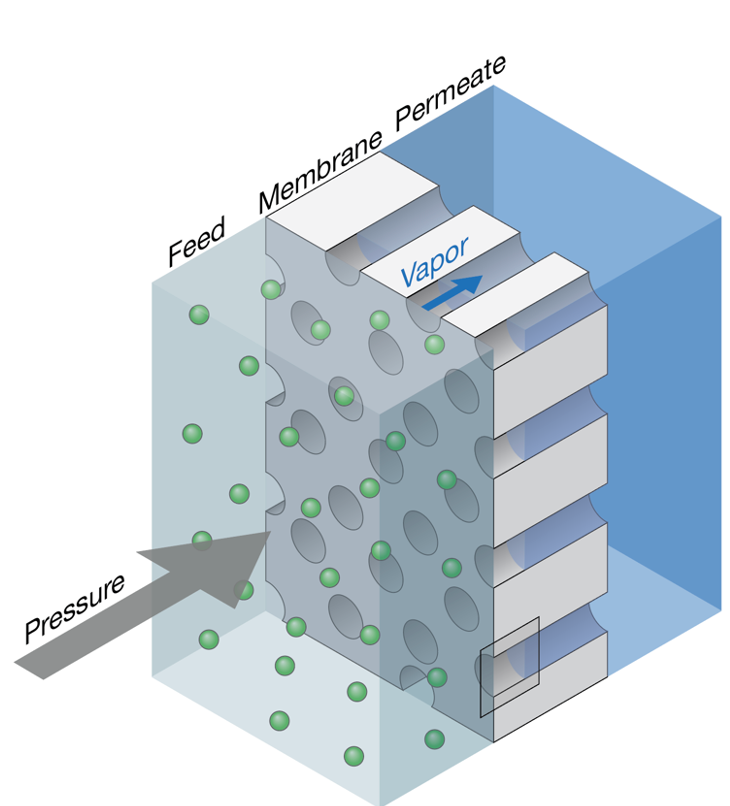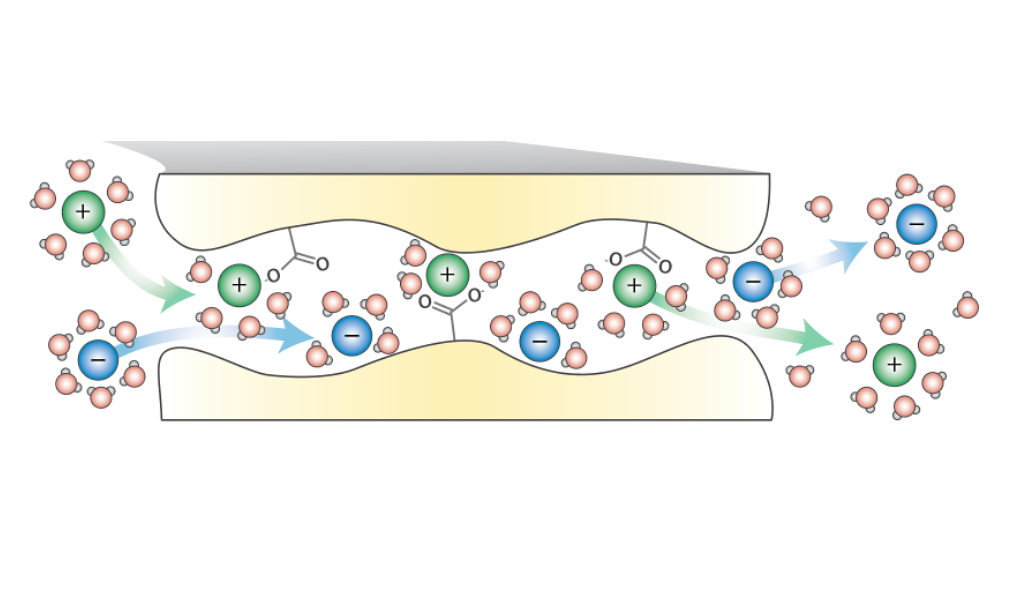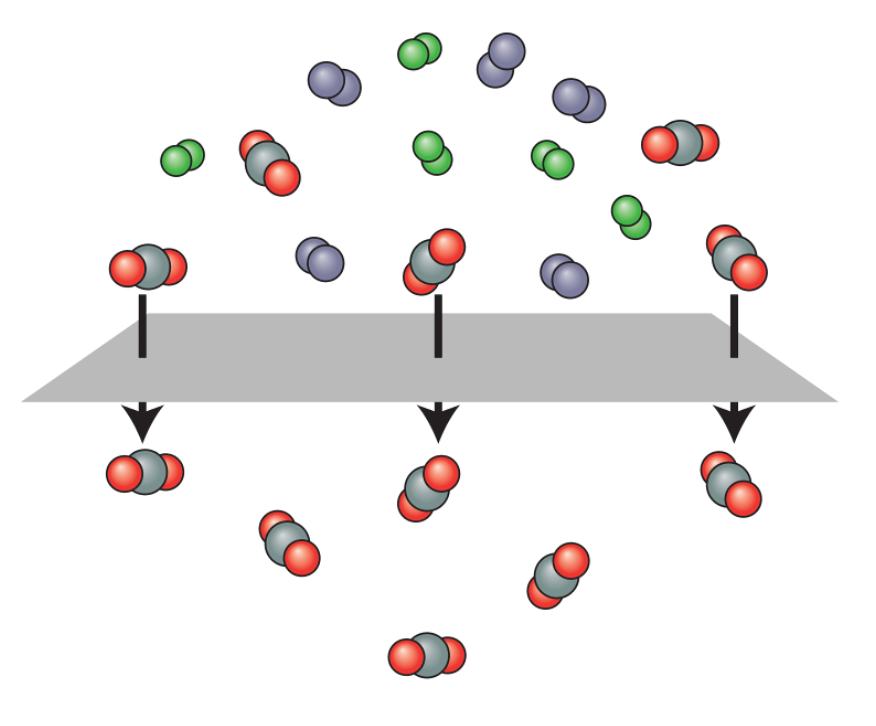Research

Our group reimagines separations using advanced materials, interfacial phenomena, and process design. Our research spans across scales from molecular-level interactions to lab-scale testing to process engineering. We focus on applications that relate to human health and the environment including water purification, resource recovery, carbon capture, and sustainable energy.
Our research benefits from an interdisciplinary and diverse team. Members of the Straub group are in Environmental Engineering, Materials Science & Engineering, and Chemical Engineering. We collaborate with researchers across engineering and scientific disciplines. Our research is funded by a variety of agencies including the National Science Foundation, NASA, the Department of Interior, the Department of Energy, the Department of Defense, the Environmental Protection Agency, Colorado Department of Commerce, and industry partners.
Below are some examples of research areas our group explores.
Pressure-driven distillation
Conventional distillation processes are driven by heat, which leads to extremely high energy consumption due to thermal losses. We work on developing membrane-based distillation processes driven by pressure rather than heat, enabling a ten-times increase in energy efficiency compared to thermal distillation. The pressure-driven distillation mechanism enables desalination membranes to remove nearly all contaminants while maintaining robustness under chemical exposure and high-temperature conditions. Our research spans membrane development, the study of fundamental gas-liquid phase change phenomena, and the design of pressure-driven distillation systems that can be integrated into advanced water treatment and other critical applications.
Polymer membranes
Gas separations
The selective removal of carbon dioxide from mixed gas streams is essential for reducing carbon emissions in combustion-based power generation and for enabling direct air capture of atmospheric carbon dioxide. Removal of carbon dioxide is also crucial in refining methane produced in anaerobic digesters. However, existing gas separation technologies face significant challenges, including limitations in permeability-selectivity, high energy demands, and poor performance in humid gas environments. Our research focuses on developing innovative gas separation membranes that deliver high throughput, selectivity, and robust performance under challenging conditions, paving the way for more efficient carbon capture and methane purification.
Advanced water treatment
Global water scarcity is intensifying the demand for water from unconventional sources, including wastewater and saline waters. Our research focuses on developing advanced technologies for water treatment to address this critical challenge. Current projects include measuring and improving the removal of persistent contaminants like PFAS from water sources. We are also advancing novel pretreatment approaches, such as low-wavelength UV systems, and developing innovative membrane processes designed for advanced water treatment.
Life support systems in space exploration
Crewed space exploration missions rely on life support systems capable of recycling water and revitalizing air. These challenges mirror sustainability issues on Earth, emphasizing the need to reuse waste and efficiently remove carbon dioxide. Our research focuses on developing advanced water recycling and air revitalization systems tailored for space applications. Our work involves active collaborations with NASA researchers developing the next generation of space technologies.
Technology transfer
We conduct research with real-world impact and engage in technology transfer initiatives to advance our innovations toward commercialization. Group members have participated in technology transfer programs through the University of Colorado's Venture Partners program and regional and national I-Corps initiatives. We are also engaged with the vibrant Boulder startup community.







